The world of German Riesling wines is an intriguing one, with its complexities, subtle nuances, and a wide array of flavors that captivate the palates of wine enthusiasts. Two prized German Riesling categories that often spark curiosity and debate among aficionados are Auslese and Spätlese. Both categories are defined by the ripeness of the grapes at harvest time and boast an impressive depth of flavor, making them integral parts of Germany’s prestigious wine heritage.
Riesling Auslese and Spätlese wines derive their unique taste profiles from the distinctive ripeness levels achieved in the grapes during harvesting. While they share similarities in terms of their origin and the use of the Riesling grape variety, what sets them apart are the key differences in their harvesting and production processes. Auslese wines are produced from individually selected, very ripe grapes, while Spätlese wines are made from grapes that have ripened to a slightly lesser degree, resulting in a lighter style.
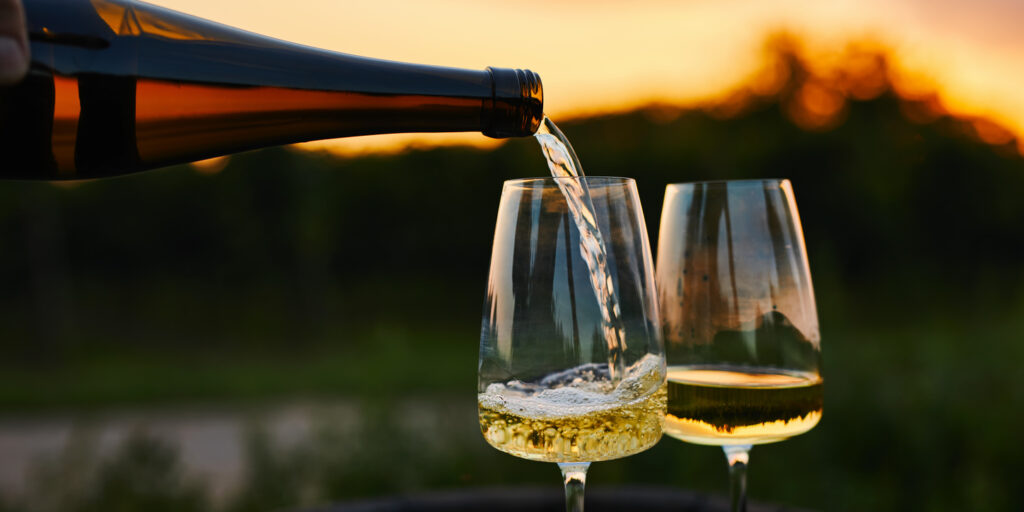
Key Takeaways
- German Riesling wines, Auslese and Spätlese, are distinguished by their unique ripeness levels at harvest.
- The production processes and grape selection give Auslese wines a richer flavor profile compared to the lighter Spätlese wines.
- Understanding their differences can enhance the wine tasting experience and guide choices in food pairing.
Understanding Riesling Auslese and Spatlese
Riesling is a white grape variety originating from Germany, and over time, it has become synonymous with high-quality German wines. Two notable categories of German Rieslings are Auslese and Spätlese, which refer to the level of ripeness of the grapes during harvest.
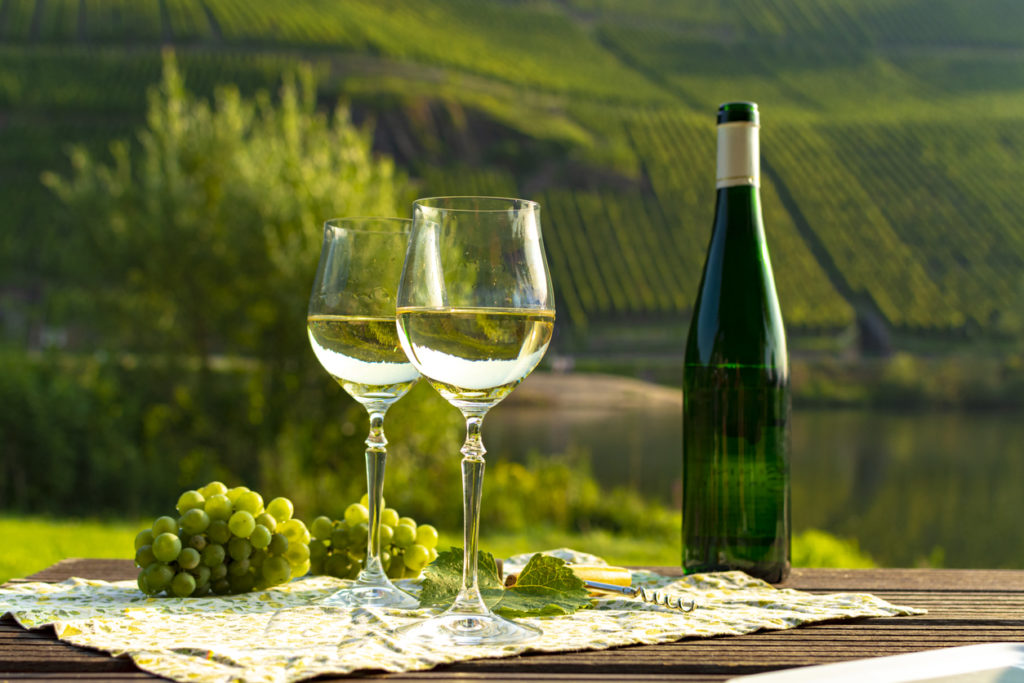
Auslese
Translated as “selected harvest,” is a premium quality Riesling made from very ripe grapes, hand-selected from the vine. These grapes typically achieve a higher sugar concentration, resulting in a sweeter wine. Due to the ripeness, Auslese wines can display rich flavors, often accompanied by a honeyed or tropical fruit character. While some Auslese wines are suited for dessert pairings, they can also be enjoyed as a standalone drink.
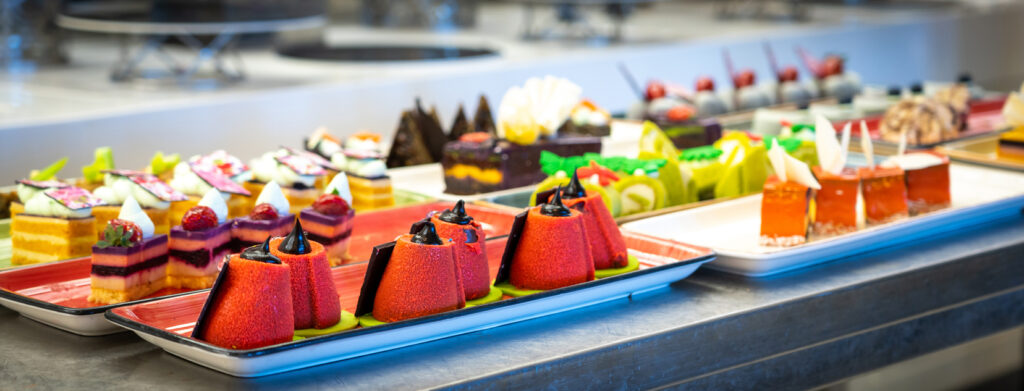
Spätlese
Meaning “late harvest,” is produced from grapes that are left on the vine for a longer period than those in a standard Riesling harvest. The extra time on the vine allows the grapes to develop higher sugar levels and a more concentrated, luscious taste. Spätlese wines are noticeably sweeter than dry Rieslings but not quite as sweet as Auslese. They offer versatility in pairing options, ranging from well-seasoned dishes to blue cheese or fruit-based desserts.
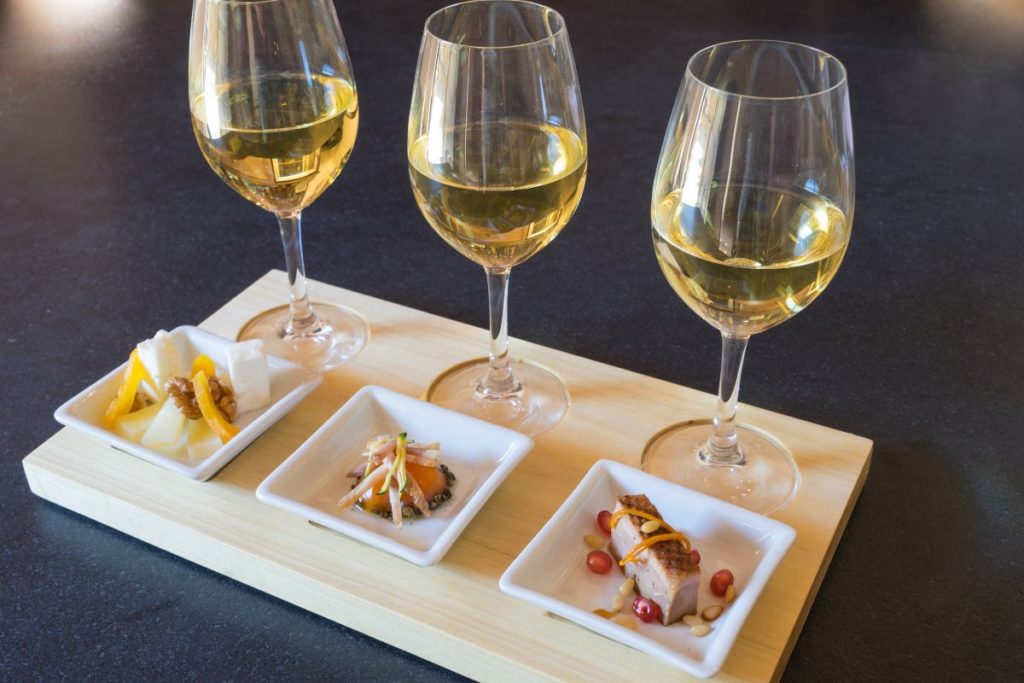
Both Auslese and Spätlese Rieslings have a bright acidity that helps balance the sweetness of the wines, providing a crisp and refreshing finish. Furthermore, they both showcase Germany’s renowned terroir through their unique flavors, aromas, and complexities.
To sum up, Riesling Auslese and Spätlese are two distinct categories within German Riesling wines, defined primarily by the ripeness level of the harvested grapes. Both offer exquisite taste experiences and expressive nuances reflecting their respective growing regions and grape maturity. Experimenting with these wines and their varied pairings will undoubtedly deepen any wine enthusiast’s appreciation for the subtle artistry behind German Rieslings.

Classification of German Wines
German wines are classified according to a system that considers factors such as region, grape variety, and ripeness at the time of harvest. This classification system consists of three main categories: Prädikatswein, Qualitätswein, and VDP (Verband Deutscher Prädikatsweingüter).

Prädikatswein
Prädikatswein is the highest level of German wine classification. These wines are made from fully ripe or overripe grapes, and their quality is determined by the grape must weight. Prädikatswein is further divided into six categories based on the ripeness of the grapes:
- Kabinett: Made from fully ripe grapes, these are light wines with lower alcohol content.
- Spätlese: Harvested later than Kabinett, Spätlese grapes produce wines with more body and complexity.
- Auslese: Made from very ripe grapes, Auslese wines are rich and full-bodied, with high sugar concentration and potential for aging.
- Beerenauslese: Produced from individually selected overripe and botrytis-affected grapes, these wines are extremely sweet and suitable for long-term aging.
- Trockenbeerenauslese: Made from dried, botrytis-affected grapes, these wines are the sweetest and rarest in the Prädikatswein category.
- Eiswein: Produced from grapes frozen on the vine, Eisweins have high sugar and acidity, with a unique flavor profile.
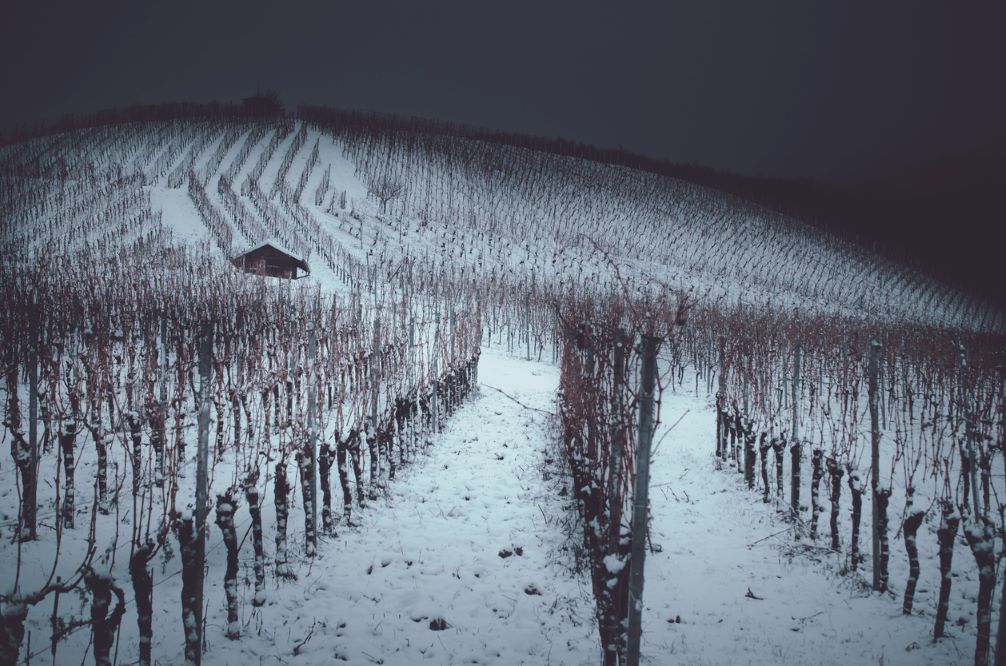
Qualitätswein
Qualitätswein, also known as quality wine, is the next tier in the German wine classification system. These wines must meet specific standards regarding grape variety, origin, and minimum must weight. Qualitätswein consists of two categories: Qualitätswein bestimmter Anbaugebiete (QbA) and Qualitätswein mit Prädikat (QmP).
The QbA category wines are derived from a single region and must meet minimum must weight requirements. Meanwhile, the QmP category covers wines that previously fell under the Prädikatswein classification.
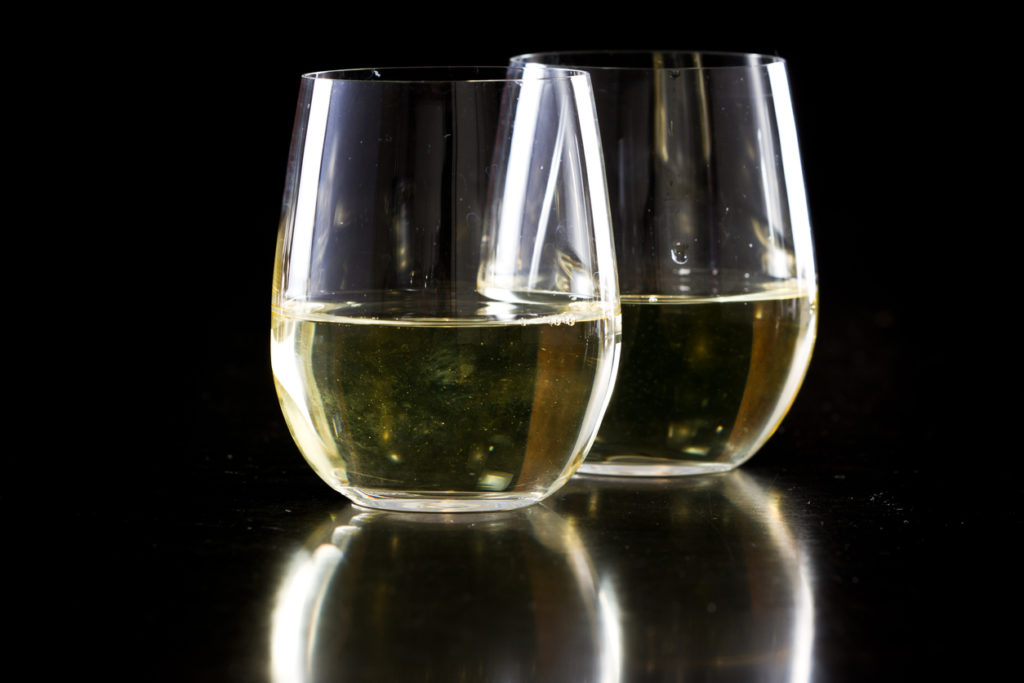
VDP
The Verband Deutscher Prädikatsweingüter (VDP) is an organization of German wine estates dedicated to promoting high-quality wines. VDP has developed its classification system, which includes three main categories: Gutswein, Ortswein, and Grosse Lage.
- Gutswein: VDP’s entry-level wines made from grapes grown within a single state.
- Ortswein: Wines made from grapes grown within a specified village and representing the unique characteristics of that village.
- Grosse Lage: This category represents the highest quality wines produced by VDP member estates. Grosse Lage wines are made from grapes grown in specific, exceptional vineyards with strict production standards.
In addition to the above categories, there are also lower classifications, such as Tafelwein (table wine), which does not meet the requirements for the higher classifications. However, these wines still contribute to the diverse range of German wines available for enthusiasts.

Ripeness Levels and Harvesting
Riesling Auslese and Spatlese are German wines with different ripeness levels, translating to different flavor profiles and characteristics. The classification of these wines is based on the ripeness and sugar content of the grapes during the harvest.
Ripeness
In terms of ripeness levels, Spatlese grapes are picked when they are fully ripe. They are typically harvested a bit later than the regular grape harvest. This late harvest allows the grapes to develop more sugar and flavor, resulting in a fuller-bodied, yet still elegant wine. Spatlese wines often display a balanced profile, highlighting both sweetness and acidity.
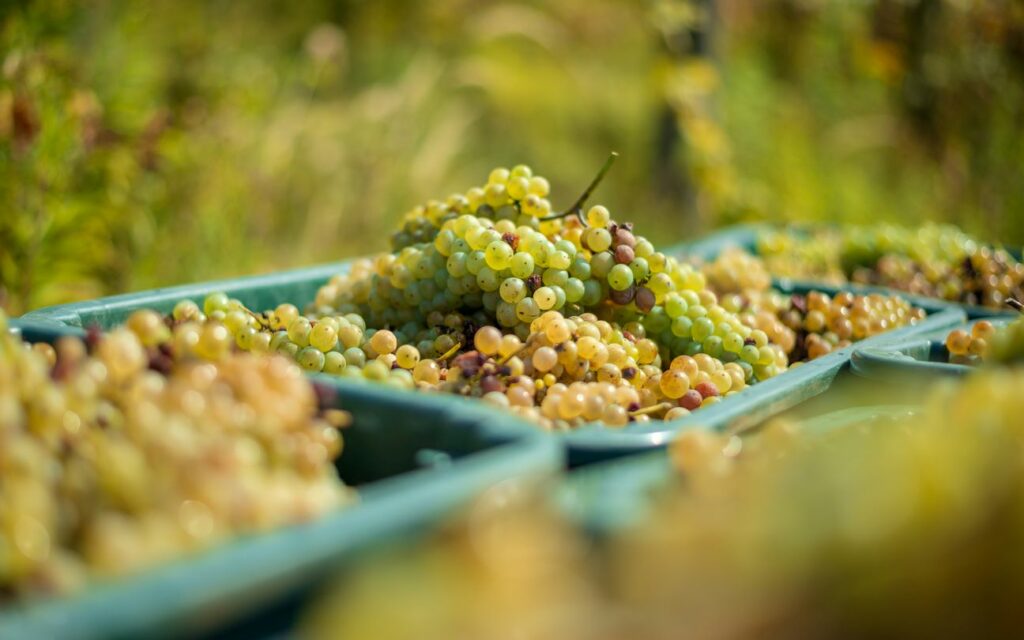
Harvest technique and wine making
On the other hand, Riesling Auslese grapes are categorized as a select harvest, meaning the grapes are hand-picked based on their ripeness levels. The resulting wines are made from fully ripe and late-ripe grapes, sometimes even affected by noble rot. The concentration of sugar in Auslese wines makes them sweeter than Spatlese, with intense and complex flavors. These wines can be enjoyed young or aged, as they have excellent aging potential.
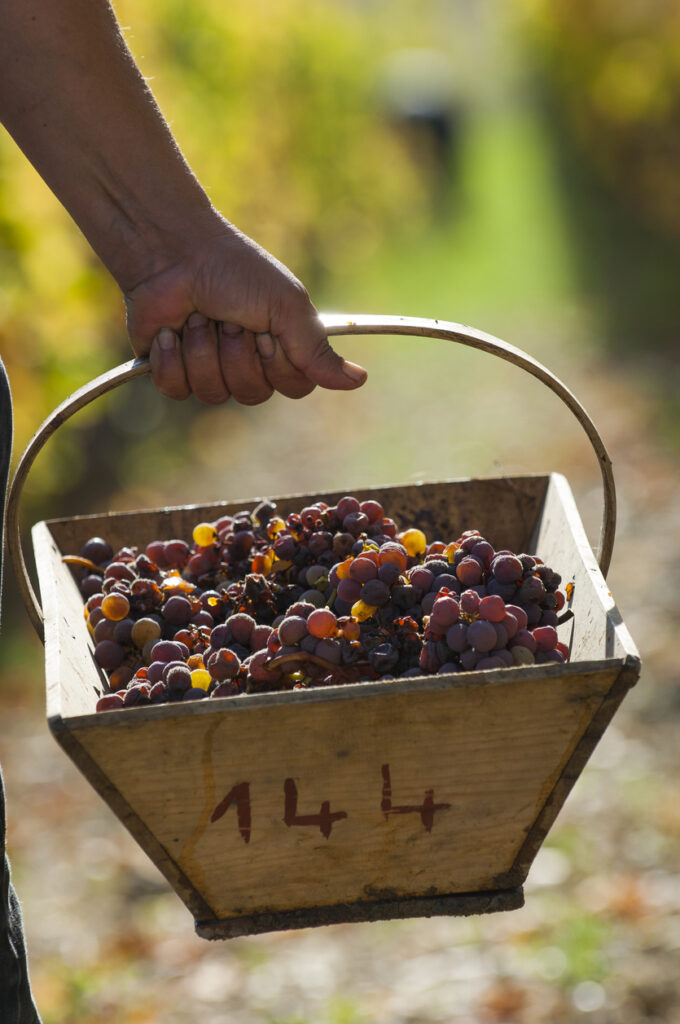
In both Auslese and Spatlese wines, the harvest technique is essential to the quality of the final product. The grapes are hand-picked, ensuring that only the ripest grapes are used to produce the wine. This careful selection contributes to the unique taste, texture, and mouthfeel of both Auslese and Spatlese wines.
Flavor Profiles and Food Pairing
Riesling Auslese and Spatlese wines offer diverse and exceptional flavor profiles that make them ideal for various food pairings. Both wines feature a perfect balance of sweetness and acidity, which allows them to complement a wide range of dishes.
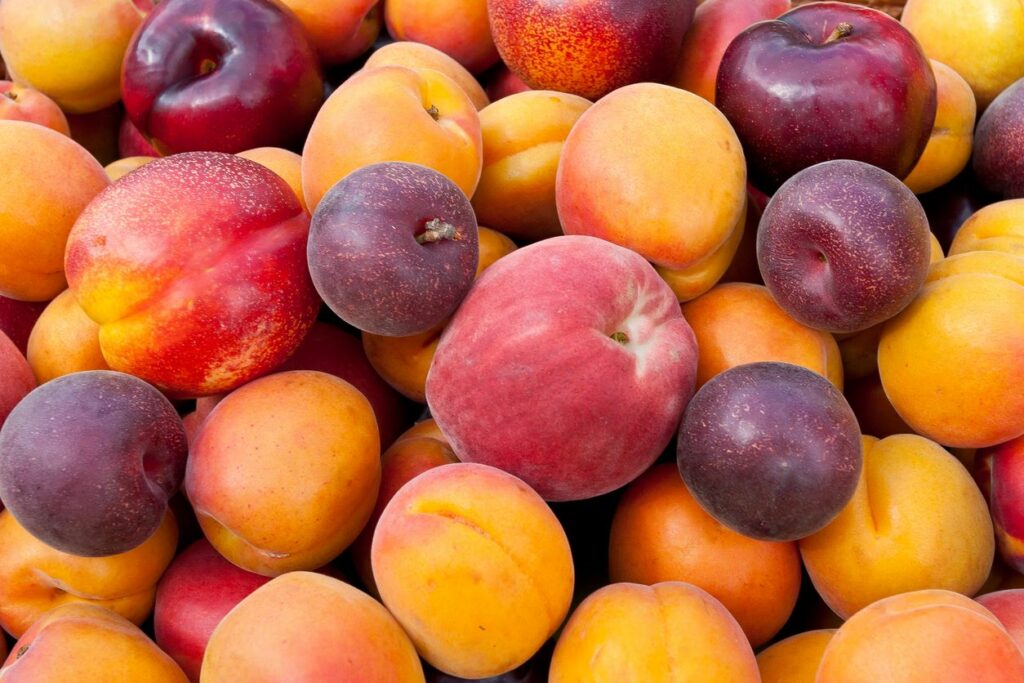
Auslese Riesling
It is characterized by its higher sweetness, derived from the late harvest of grapes affected by noble rot. This results in a concentrated, intensely flavored wine. On the palate, you will find notes of peach, apricot, and honeysuckle. Honey and caramel undertones give it a rich, indulgent quality. The pronounced acidity in Auslese wines works well with fatty and rich dishes. Pairing suggestions for Auslese Riesling include:
- Pork: Whether it’s roasted, braised or served in the form of a tenderloin, pork effortlessly complements the wine’s sweetness and acidity.
- Foie gras: The luxurious texture and intense flavor of foie gras are enhanced by the wine’s richness and bright acidity.
- Strong cheeses: Auslese’s pronounced sweetness allows it to pair beautifully with blue or aged cheeses, balancing out their robust flavors.

SpatIese Riesling
In contrast, Spatlese Riesling boasts a slightly lower level of sweetness, providing a more delicate taste experience. Its flavor profile features ripe stone fruits such as peach and apricot, along with floral hints like honeysuckle. The moderately sweet taste of Spatlese wines pairs well with a variety of dishes, including:
- Seafood: The wine’s subtle sweetness and vibrant acidity complement the flavors of dishes like grilled shrimp, lobster, or scallops.
- Poultry: Roast chicken or turkey with a fruit glaze enhances the fruit flavors of Spatlese Rieslings.
- Spicy dishes: Spatlese’s delicate sweetness can temper the heat of spicy Asian or Indian recipes, creating a harmonious balance between the dish and the wine.
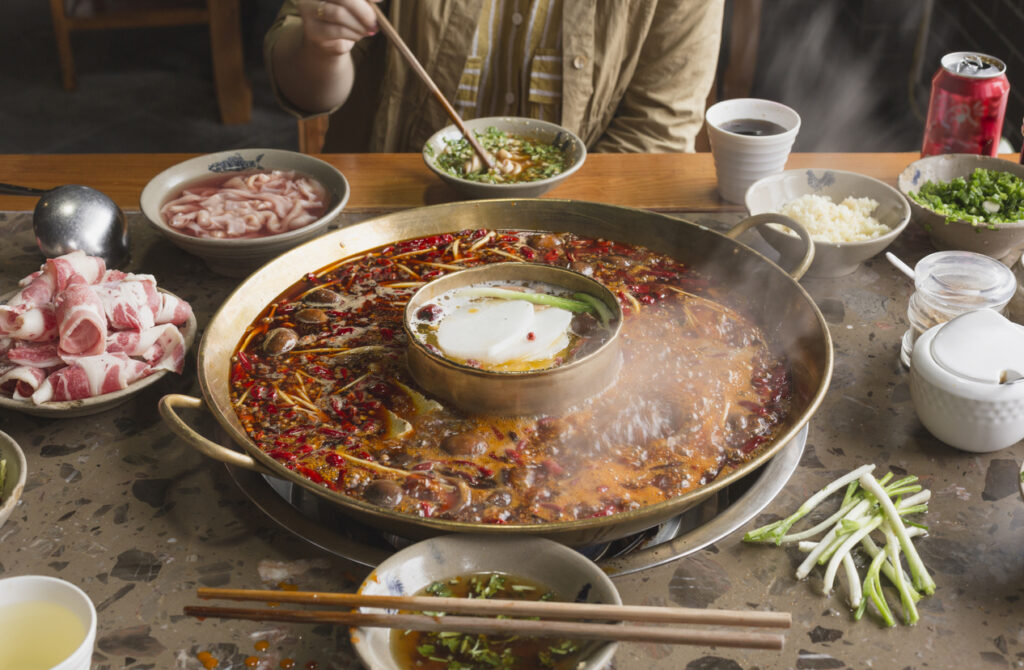
While both Auslese and Spatlese Rieslings share some flavor similarities, their contrasting sweetness levels offer unique pairing opportunities. Choosing either wine to accompany your meal is sure to elevate the overall dining experience.
Specific Wine Types
When exploring German Riesling wines, some essential terms describe the different types available, including Kabinett, Spätlese, Auslese, Beerenauslese (BA), Eiswein, and Trockenbeerenauslese (TBA). These classifications primarily indicate the grape harvest’s ripeness levels and the resulting wine’s sweetness or dryness.

Kabinett Wine
This wine comes from the grapes harvested during the standard growing season and results in a light, fruity, and elegant wine with moderate alcohol content. These wines are often consumed young, and they can be found in both dry (trocken) and semi-dry (halbtrocken) variations.
Spätlese Wine
This means “late harvest”. It is made from grapes harvested after the standard picking time, resulting in a richer and more full-bodied wine. Spätlese wines can be either dry or sweet, offering great aging potential due to their higher sugar content and concentrated flavors.
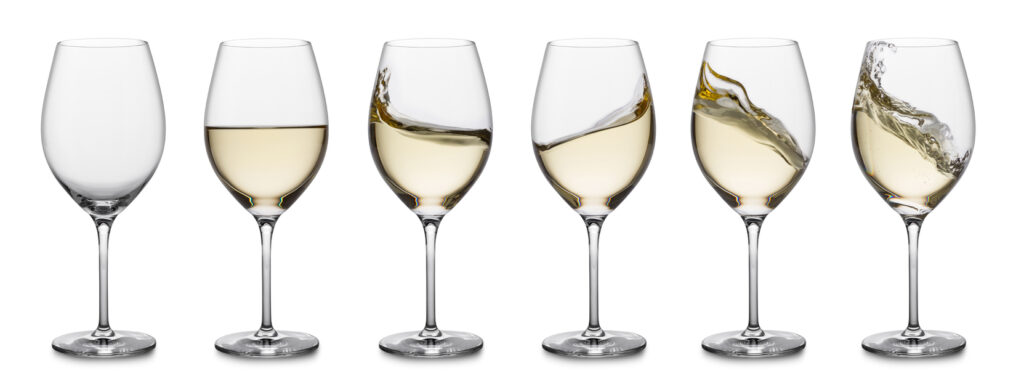
Auslese Wine
Auslese wine is carefully selected from very ripe bunches, creating a sweet and concentrated wine with a delectable balance of fruitiness and acidity. While not as intense as Beerenauslese or Trockenbeerenauslese, Auslese wines are regarded for their elegance. They can be enjoyed young or aged for years.
Beerenauslese and Trockenbeerenauslese
The high-end dessert wine categories include Beerenauslese (BA) and Trockenbeerenauslese (TBA). Beerenauslese wines are made from overripe and hand-picked individual grapes, often affected by noble rot (Botrytis cinerea). This fungus concentrates the grapes’ sugar content, resulting in an extremely sweet and rich wine suitable for long aging. Trockenbeerenauslese wines are created from grapes further shriveled, almost raisin-like, resulting in a rare and luxurious dessert wine with intense flavors and exceptional aging potential.
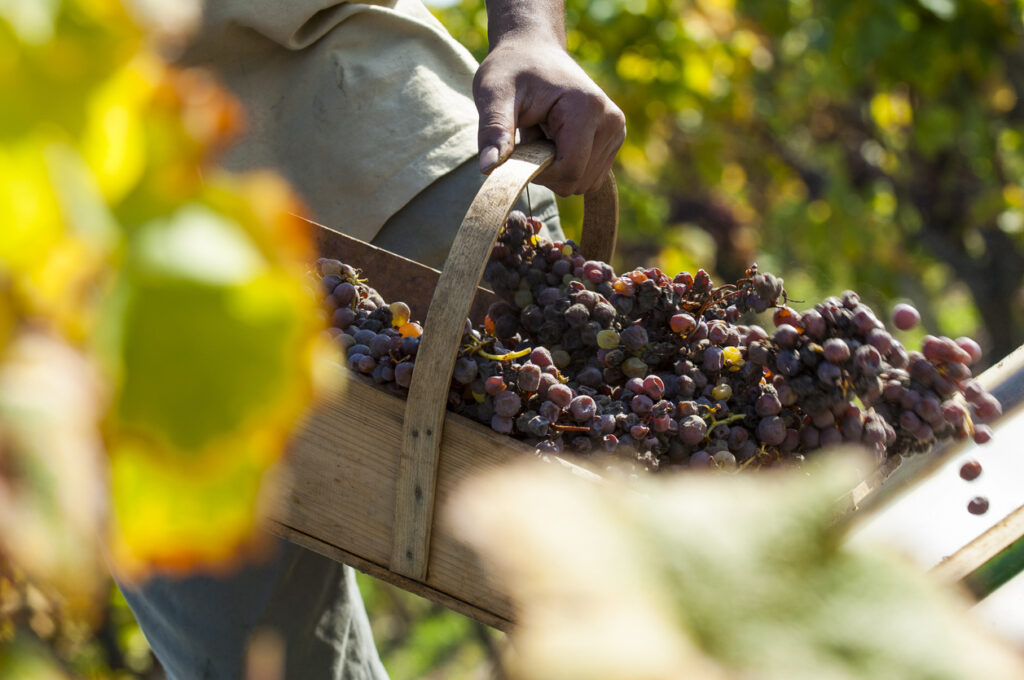
Ice Wine or Eiswein
Lastly, Eiswein is a unique dessert wine made from grapes harvested and pressed while frozen, concentrating the sugar and creating a sweet and vibrant wine with high acidity. This winemaking process requires precise timing and specific weather conditions, making it rare and prized among wine enthusiasts.

In summary, the terms Kabinett, Spätlese, Auslese, Beerenauslese (BA), Eiswein, and Trockenbeerenauslese (TBA) characterize various German Riesling wines and indicate the ripeness levels, sugar content, and potential for aging. Each wine type offers unique characteristics and flavors to suit different palates and occasions.
Key Wine Regions in Germany
Germany is home to numerous wine regions that produce high-quality Riesling wines, such as Auslese and Spatlese. Some of the most important ones are the Rheingau, Mosel, Pfalz, and Franken.
Rheingau
This are is a relatively small wine region located along the banks of the Rhine River. Known for its exceptional Riesling wines, the area benefits from its unique climate and geological conditions. The vineyard slopes offer excellent sun exposure and good drainage, ideal for producing rich and complex Auslese and Spatlese wines.

Mosel
It is located in Western Germany along the Mosel River, is best known for its steep slopes with slate soils and excellent sun exposure, which help to produce perfectly balanced Riesling wines characterized by their vibrant acidity and fruity flavors. Spatlese and Auslese Rieslings from this region are renowned for their elegance and age-worthy potential.
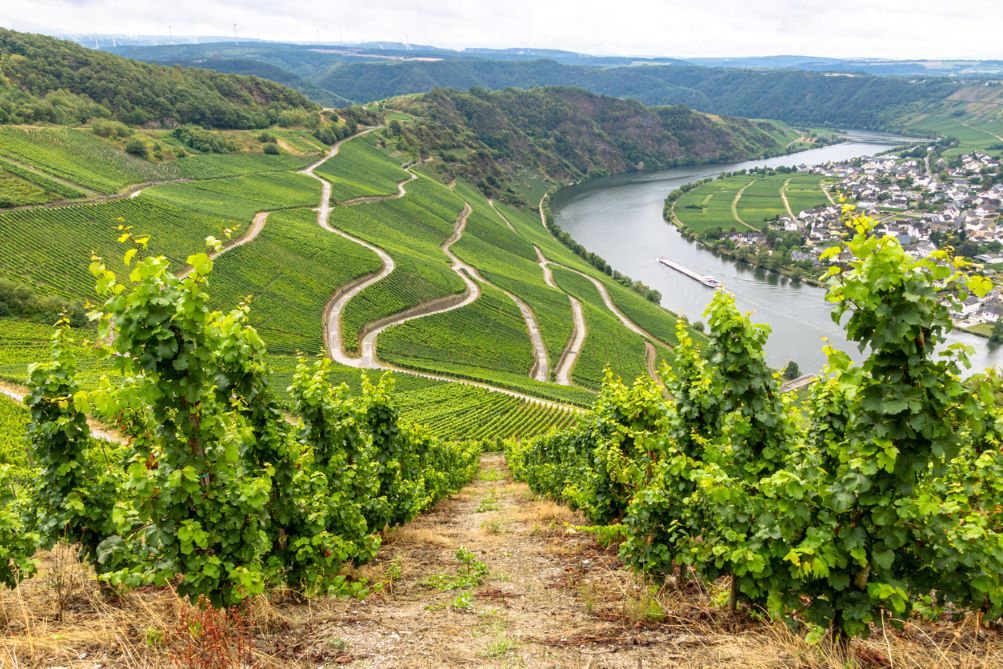
Pfalz
This area is an expansive wine region in the southwest region of Germany, bordering France. As one of the warmest and sunniest Anbaugebiete in the country, it is more diverse in terms of grape varieties grown. However, Riesling is still dominant and often produces Spatlese and Auslese wines that exhibit riper, fruit-forward profiles with a fuller body compared to their counterparts in other regions.
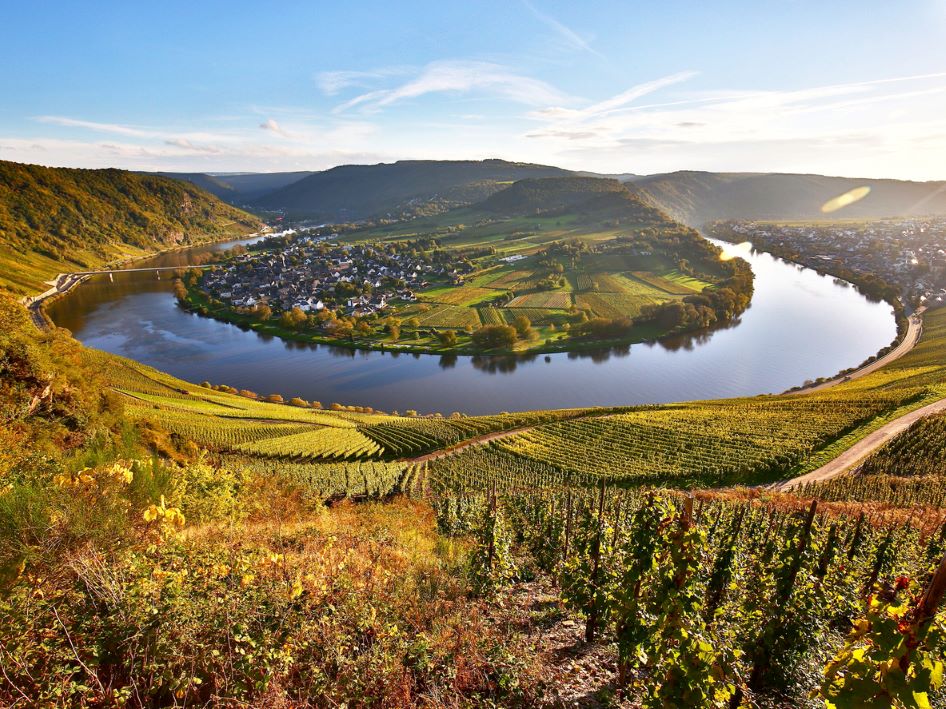
Franken
You can find this region in the northern part of Bavaria and is one of Germany’s smaller Anbaugebiete, but it still produces outstanding Riesling wines. The unique terroir, consisting of limestone and shell-limestone soils, contributes to the distinctively mineral profile of the wines. Though less commonly associated with Riesling, Auslese and Spatlese can still be produced in Franken—often showcasing refreshing acidity and vibrant flavors.

Each Anbaugebiet in Germany has its distinctive characteristics, resulting in a wide variety of Riesling styles and flavors. This, in turn, highlights the versatility of the grape and the exceptional skills of German winemakers in crafting unique Auslese and Spatlese wines that are treasured by wine enthusiasts worldwide.
Key Characteristics and Terminology
Riesling Auslese and Spätlese are both classifications of German wines made from the Riesling grape variety. These terms refer to the ripeness level of the grapes and the resulting sweetness and intensity of the wine. Here, we will explore some of the key characteristics and terminology associated with these two types of Riesling wines.
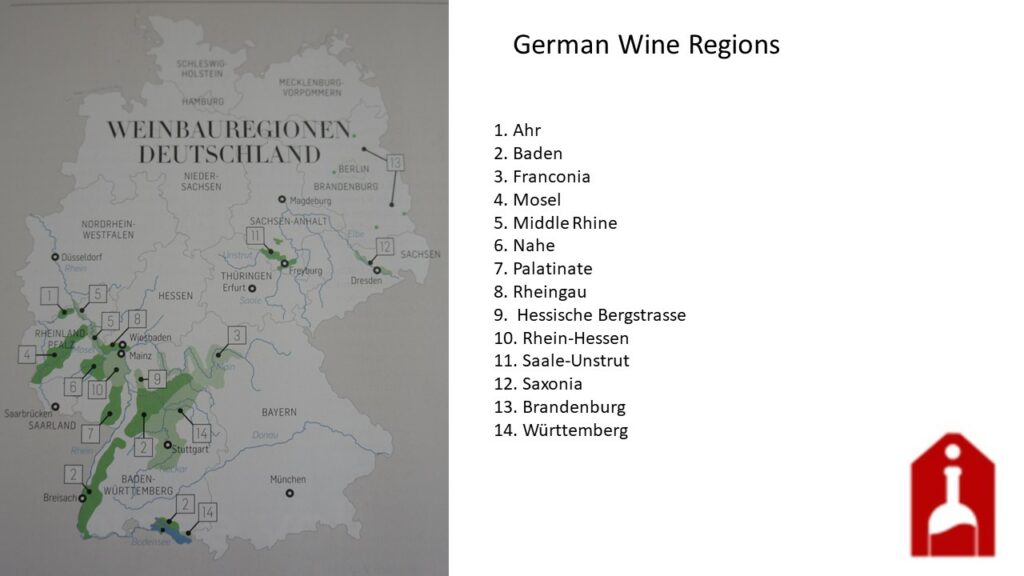
Residual Sugar
This is the sugar remaining in the wine after fermentation, playing a crucial role in determining the wine’s sweetness level. Typically, Auslese wines have a higher residual sugar content compared to Spätlese, exhibiting sweeter flavors.
Dry and Sweet Wine
Spätlese wines can range from dry to sweet, whereas Auslese wines are predominantly sweet. The sweetness level often corresponds to the amount of residual sugar present in the wine.

Noble Rot
This is a beneficial fungus (Botrytis cinerea) that can affect the grapes used for Auslese wines. Noble rot causes grapes to shrivel, concentrating their sugars and imparting unique flavors to the wine. This occurrence is not as common in Spätlese wines.
Alcohol Level
The alcohol content in these wines tends to vary, with Spätlese wines generally having a lower alcohol content than Auslese wines. This is because, with higher levels of residual sugar, Auslese wines often exhibit a higher must weight, which translates to a greater potential alcohol content.
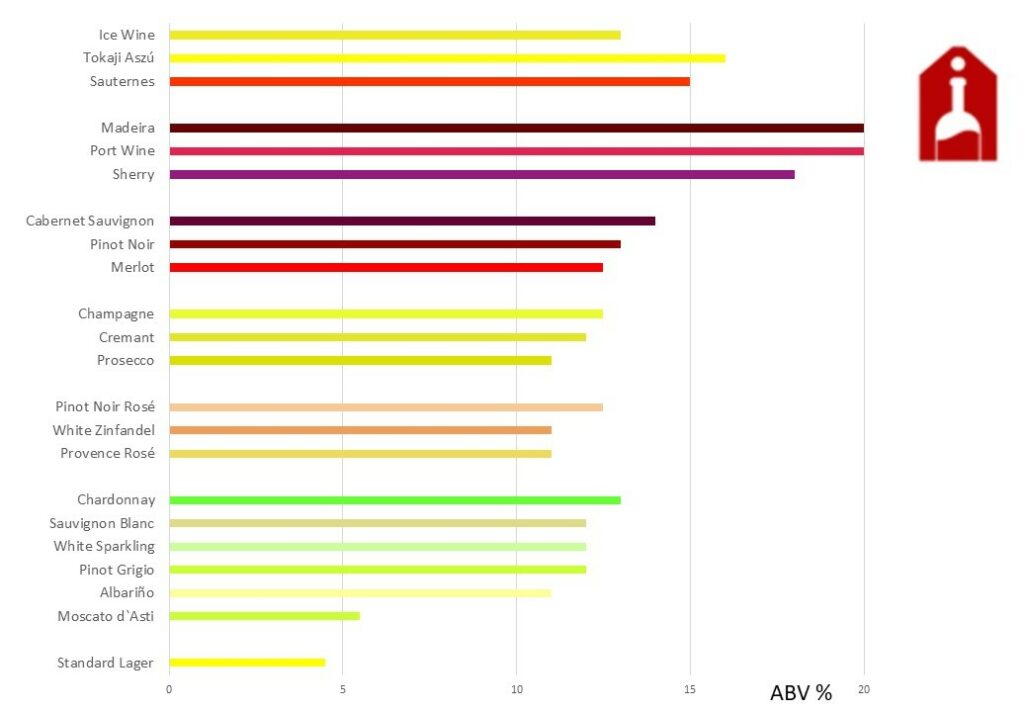
Weight, Intensity, and Body
Spätlese wines are known for their medium body and pronounced intensity. Auslese wines, on the other hand, are full-bodied and have a richer texture, feel heavier and more intense on the palate due to their higher sugar content.
Must Weight
This refers to the measurement of the sugar content in the grape juice before fermentation. Auslese grapes have higher must weights than Spätlese grapes, indicating greater sugar concentration, leading to sweeter wines with higher potential alcohol content.
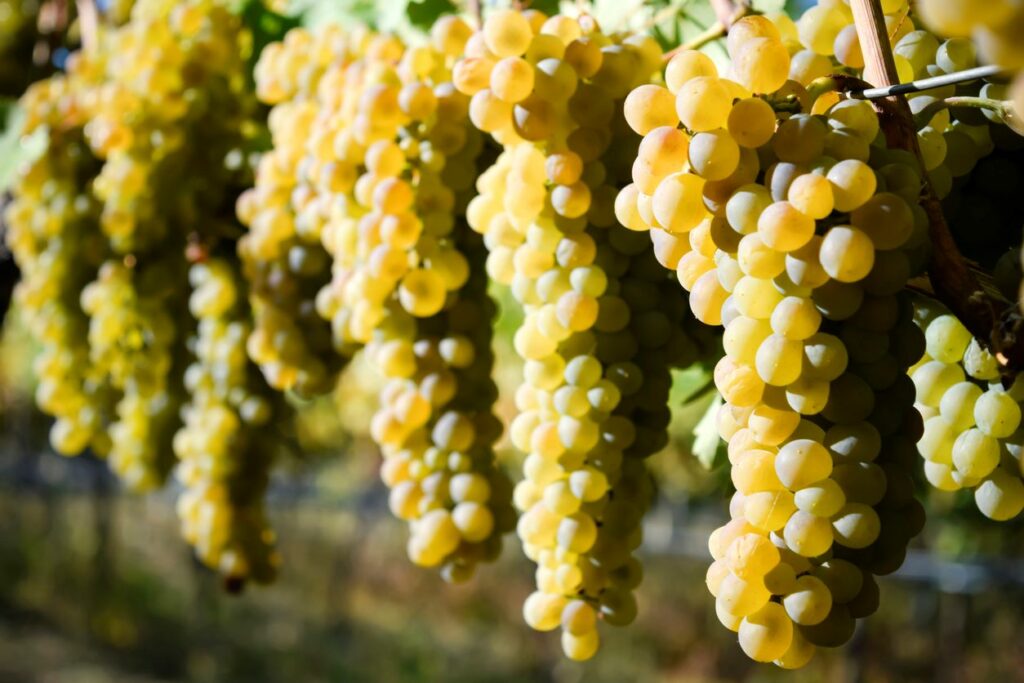
In summary, Riesling Auslese and Spätlese wines differ in their sweetness levels, body, and intensity, mainly attributed to their varying residual sugar contents, must weights, and alcohol levels. Understanding these key characteristics enables one to better appreciate and differentiate between these two unique Riesling wine styles.
The Role of the Grape Variety
In the world of wine, the grape variety plays a significant role in determining the characteristics and flavors of the final product. Some of the most popular white wine grape varieties include Riesling, Chardonnay, Silvaner, and Gewürztraminer, while well-known red wine varieties include Pinot Noir and Cabernet Sauvignon.
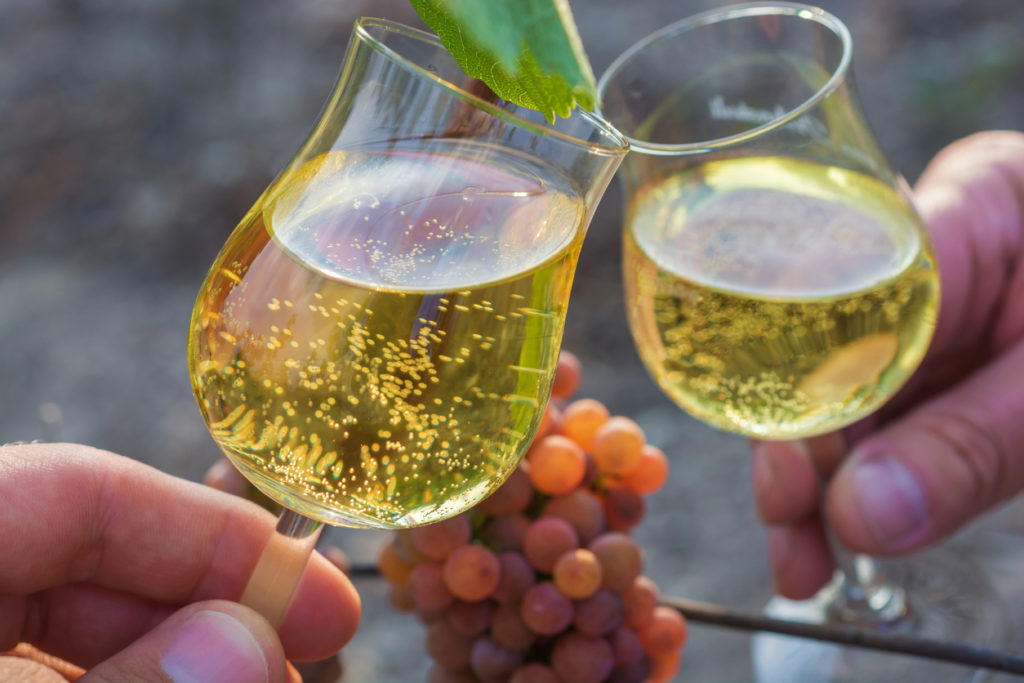
Riesling
The Riesling grape is highly versatile and capable of producing wines that range from bone dry to lusciously sweet. This variety is particularly well-suited for producing exceptional late-harvest wines, such as Auslese and Spätlese. These wines are distinguished by their ripeness levels, which are determined by the amount of time the grapes are left on the vines before harvesting.
Auslese Wines
These wines are produced from individually selected, overripe grapes that have been affected by noble rot (Botrytis cinerea), a beneficial fungus that contributes to the wine’s complexity and sweetness. This fungus causes the grapes to shrivel, which in turn concentrates their sugars and flavors. The result is a rich, sweet, and full-bodied wine with intense fruit flavors and a balanced acidity.
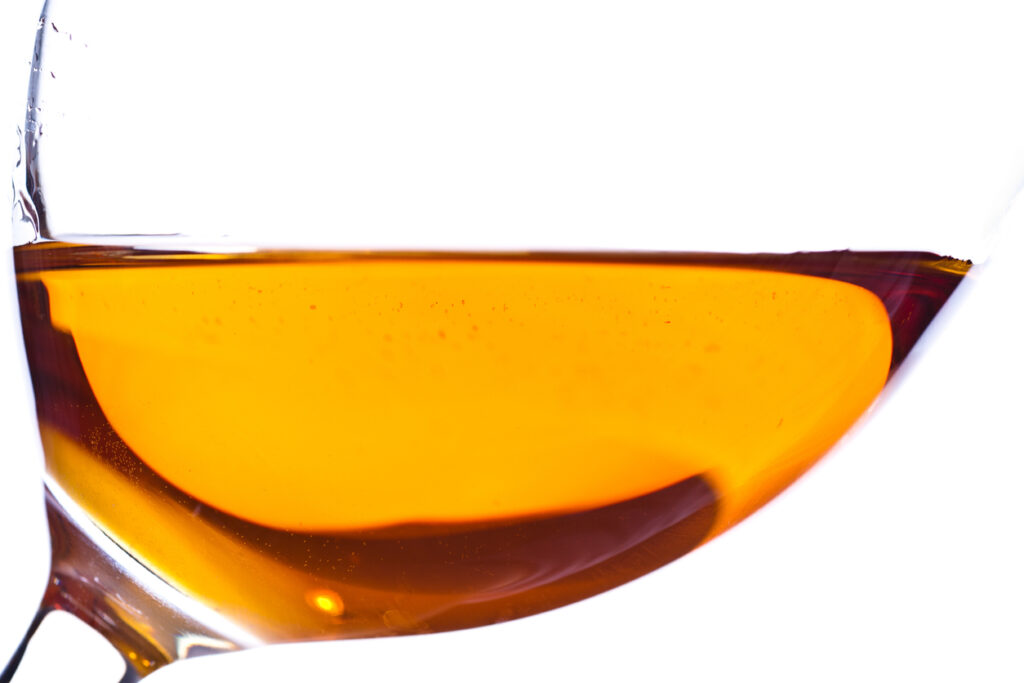
Late Harvest
Spätlese, on the other hand, is made from grapes that are harvested later than normal but are not as concentrated as those used to produce Auslese. The Spätlese designation indicates a wine that is less sweet and slightly lighter in body than Auslese, yet still retains a luscious character with pronounced fruit flavors and a lively acidity.
Silvaner
Although Riesling is the grape variety most commonly associated with late-harvest wines, other varieties can also be employed to create delectable late-harvest gems. For instance, Silvaner, a white wine grape often grown alongside Riesling, can also produce wines with nuanced flavors and a delicate sweetness. In comparison, varieties like Gewürztraminer and Chardonnay will yield richer, more opulent wines with a distinctive flavor profile.
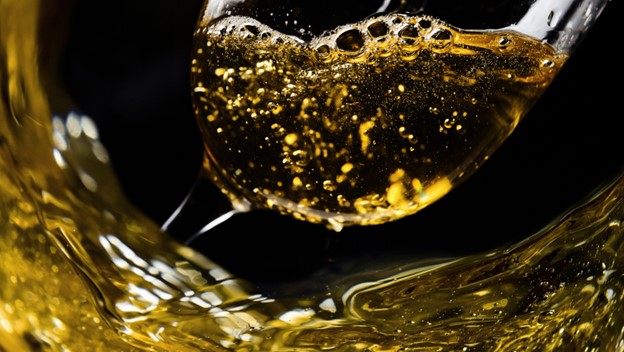
Blanc de Noirs
It is worth mentioning that while Pinot Noir is a red wine grape variety, it can sometimes be used to make white wines as well, such as Blanc de Noirs. These unique wines tend to have a lighter body, crisp acidity, and bright fruit flavors.
In conclusion, the grape variety plays a crucial role in defining and differentiating between various styles of wine. Late-harvest wines, such as Riesling Auslese and Spätlese, showcase the diversity and complexity of the Riesling grape, while simultaneously highlighting the impact of other grape varieties on the final product’s characteristics and flavors.
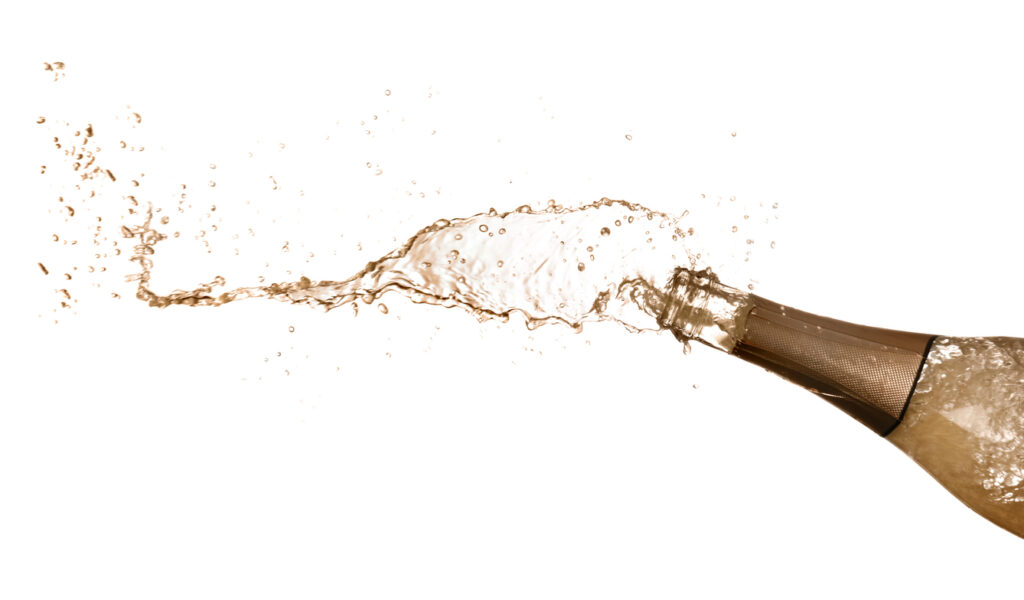
Vineyards, Labels, and Producers
Riesling, a widely recognized and highly regarded white grape variety, has its origins in the Rhine region of Germany. Two categories of this wine that are particularly noteworthy are Auslese and Spätlese. These classifications arise from the German wine labeling system based on ripeness levels and sugar content, with Auslese indicating a selection of late harvest grapes and Spätlese representing late-harvested grapes.
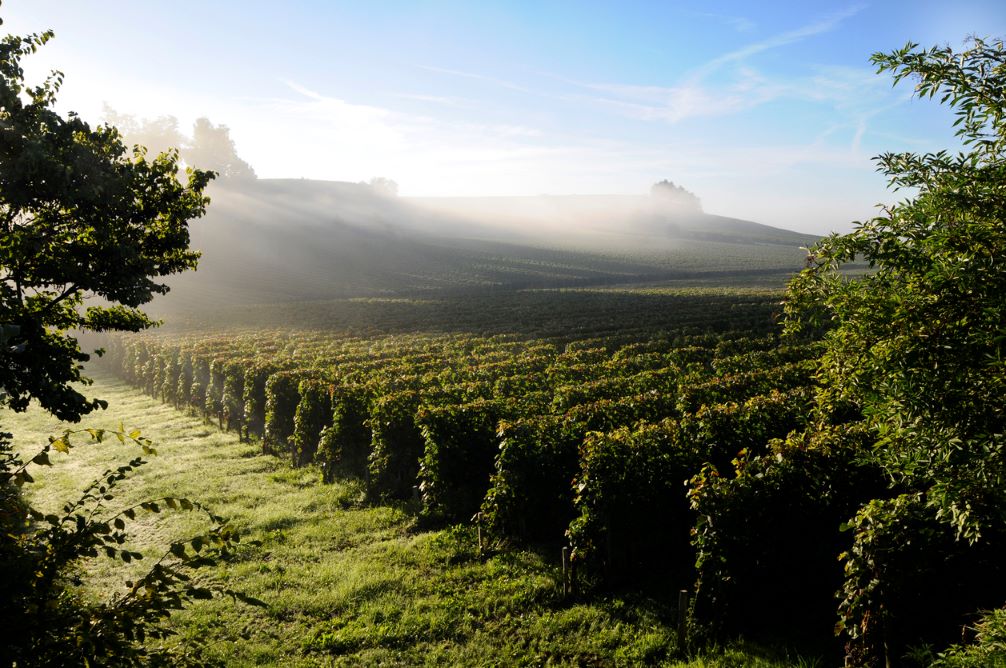
Vineyards play a critical role in the production of both Auslese and Spätlese Rieslings. The best vineyards are typically situated on steep slopes with excellent sun exposure to ensure optimal ripening of the grapes. Many of these vineyards are found in renowned wine regions such as Mosel, Rheingau, Pfalz, and Rheinhessen.
Origin and Quality
For wine labels in Germany, the indication of origin and quality level is essential. The origin is displayed through three categories: Village (a specific village name), Classic (a combination of villages in a region), and Selection (single vineyards). There are also different quality levels for each wine, ranging from Landwein (lowest) to Deutscher Wein (highest).
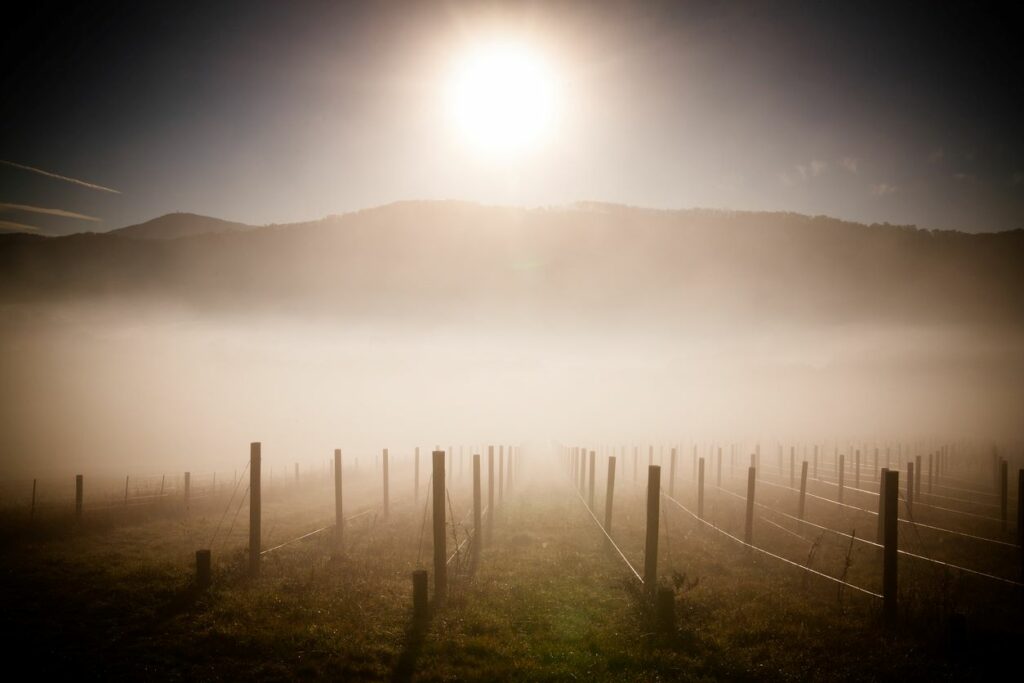
Vintage and Grape Variety
German wine labels also typically include a vintage (year the grapes were harvested), the producer (winery), and additional information such as grape variety, estate or vineyard, and sometimes even a taste description. The label may also bear the VDP (Verband Deutscher Prädikatsweingüter) logo, which denotes high-quality wine estates that abide by strict regulations and guidelines to produce the finest Rieslings.
Producers of both Auslese and Spätlese Rieslings are well-regarded in their respective areas. Some notable producers include Joh. Jos. Prüm, Egon Müller, Dr. Loosen, and Robert Weil, among others. These esteemed winemakers focus on producing high-quality wines that showcase the unique characteristics of the Riesling grape.
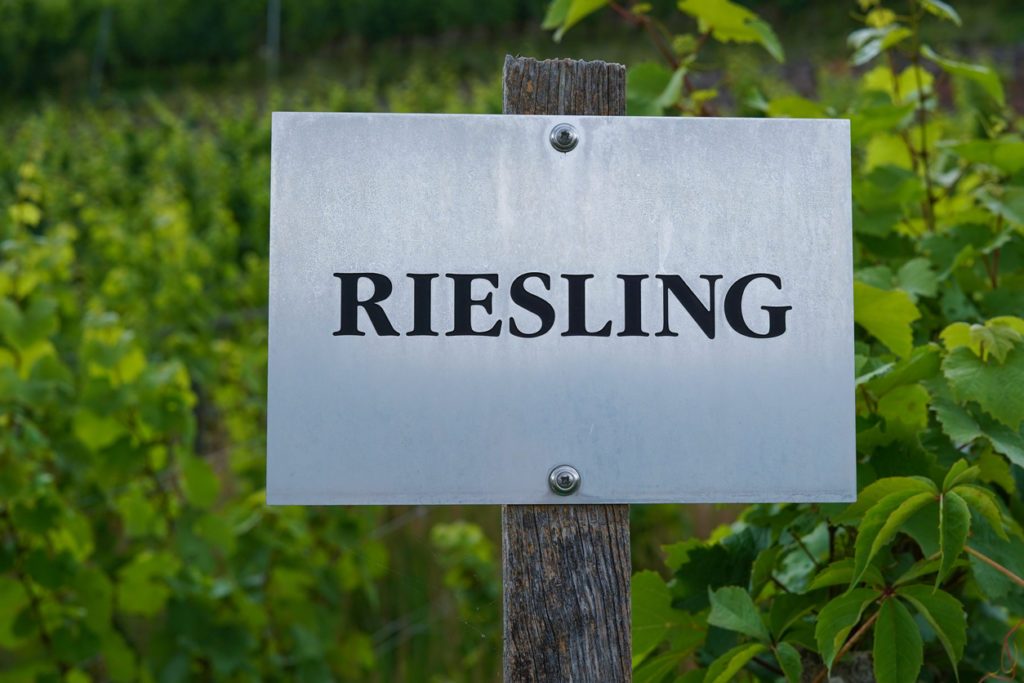
In summary, vineyards, labels, and producers all play a vital role in the production of Auslese and Spätlese Riesling wines. The complexity of German wine classification and labeling allows wine enthusiasts to discern the quality and origin of the wines they enjoy.
Wine Styles and Types
Both Riesling Auslese and Spatlese wines belong to the “Prädikatswein” category according to the German wine classification system, with Auslese and Spatlese representing different ripeness levels of the grapes. These wines come from white wine grape varieties, specifically the Riesling variety.
Riesling Spatlese
This is a late-harvest wine style, with grapes picked later than Kabinett-level wines. Spatlese wines can range from dry to sweet, and often present more robust flavors and complexity compared to Kabinett wines. The term “Spatlese” translates to “late harvest” in English, highlighting its significance in the winemaking process.
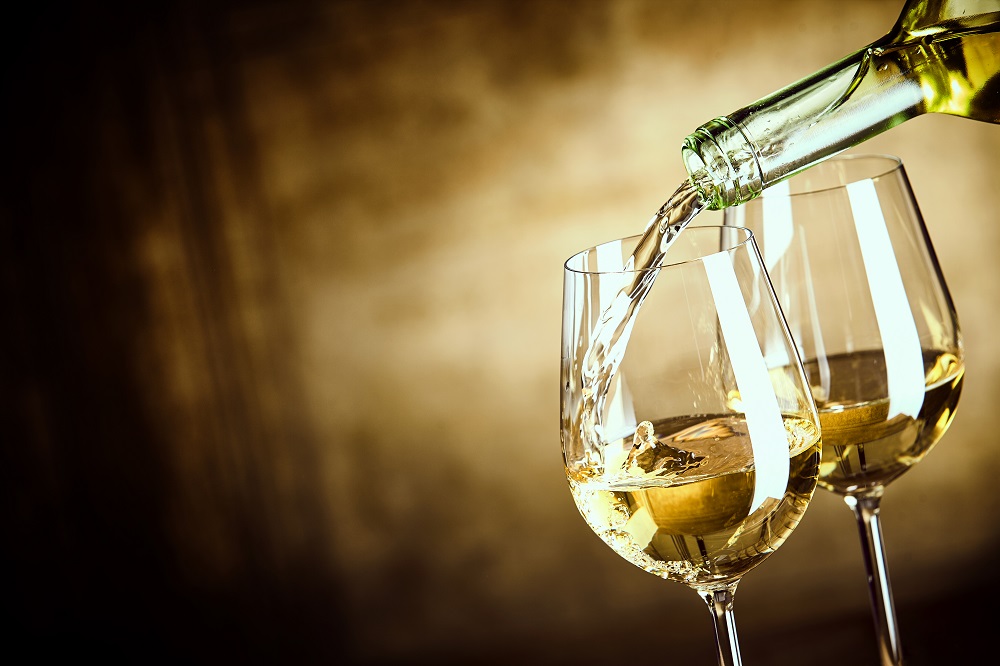
Riesling Auslese
It represents grapes that are even more selectively harvested. The grapes must be picked in the ripest stages, allowing for higher sugar concentrations. The concentrated sugars lead to sweeter wines, and thus, Auslese wines are predominantly sweet. These wines can be served as dessert wines, given their thick and lush nature.
In terms of classification and style, there are other notable styles and segments to consider, such as:
- Grosses Gewächs (GG): This classification, which translates to “great growth,” represents dry wines from top vineyard sites (‘Erste Lage’). The GG classification is renowned for high-quality wines, particularly for Riesling.
- Feinherb: This term refers to off-dry wines that have a delicate balance between sweetness and acidity. Feinherb wines do not strictly adhere to a specific classification level, but they provide a unique and palatable experience for those who enjoy a touch of sweetness without overpowering the wine.
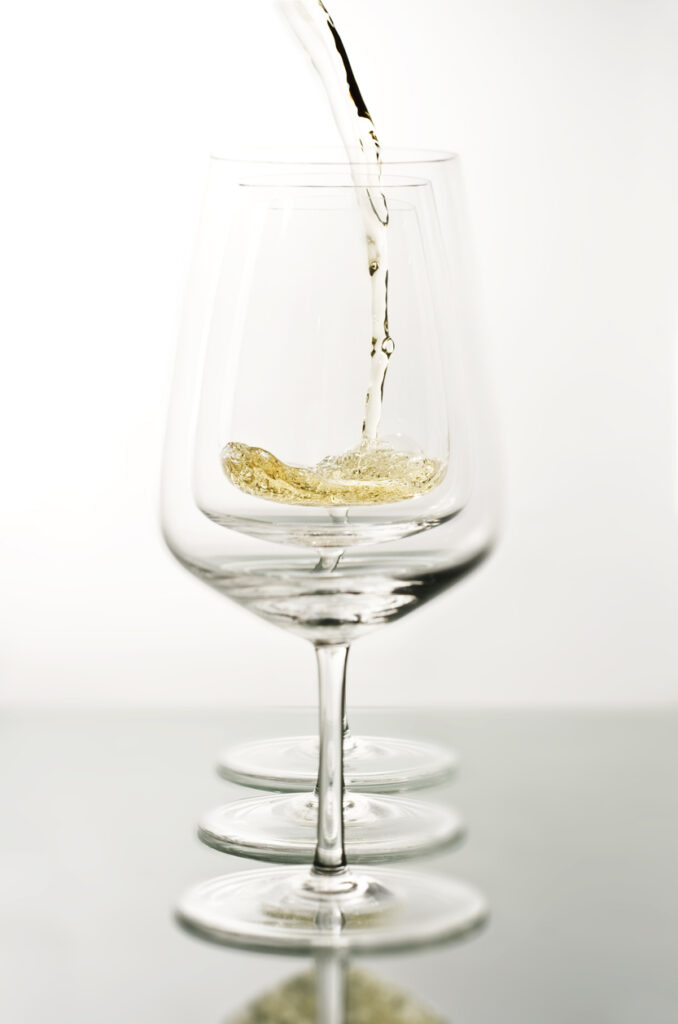
Although both Riesling Auslese and Spatlese are white wines, it is essential to understand that the world of wine includes various styles and types, such as red wines and other white wines. The classification and styles help distinguish between different levels of quality, sugar concentrations, and unique characteristics each offers.
Understanding Aging Process
Riesling Auslese and Spätlese wines are world-renowned for their distinct flavors and aging potential. When it comes to aging these wines, there are a few key factors to consider.
Oxygen exposure
The aging process for both Riesling Auslese and Spätlese primarily involves time and exposure to oxygen. These factors contribute to the gradual development of complex aromas and flavors in the wine. As the wine ages, fruity and floral notes may evolve into more secondary characteristics such as honey, caramel, or petrol.
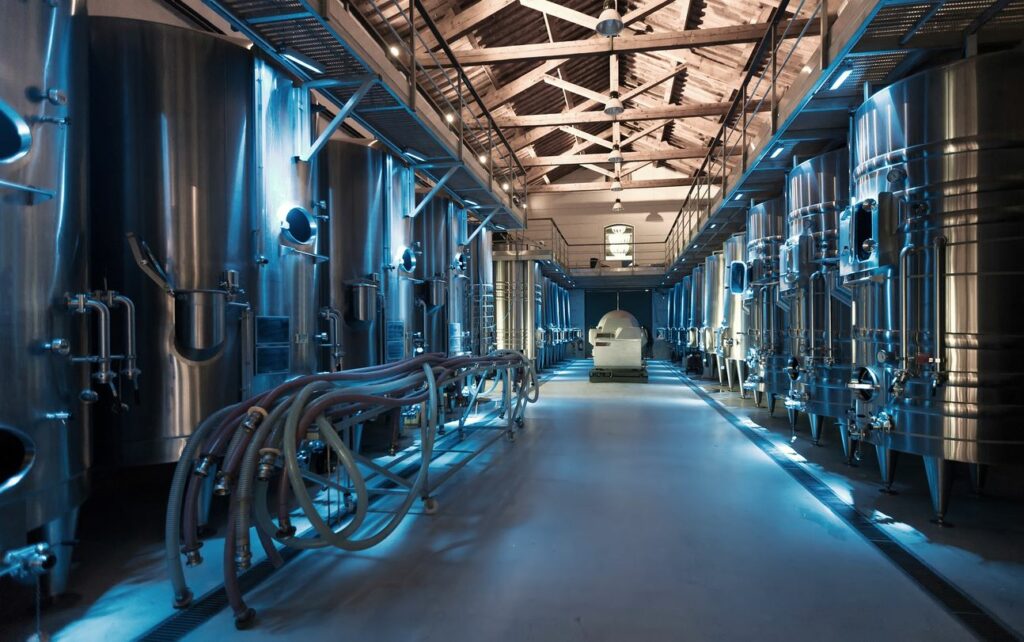
Oak ageing vs steel tanks
When it comes to oak aging, it’s generally less common for Riesling wines compared to other grape varieties. Riesling’s delicate and nuanced flavors can be easily overwhelmed by the bold characteristics imparted by oak. However, some producers do choose to age Riesling in oak barrels, particularly neutral or well-seasoned oak, which contributes more subtle flavors to the wine.
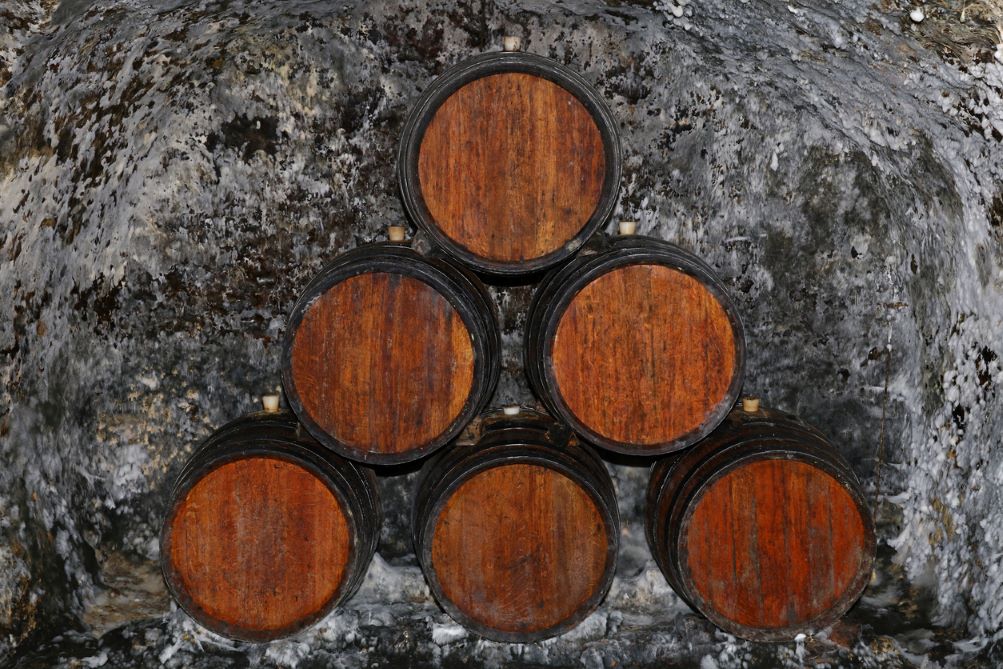
The decision between aging Riesling Auslese or Spätlese can depend on several factors, including:
- Sugar content: Auslese wines typically have higher sugar content, which can help preserve the wine through the aging process. Due to its natural sweetness, Auslese wines can often age longer than Spätlese wines.
- Acidity: Riesling wines are known for their high acidity, which helps to create balance during the aging process. Maintaining acidity is essential for preventing the wine from becoming too flat or flabby as it ages.
- Vintage: The specific conditions of the vintage, such as temperature and rainfall, can play a significant role in determining the aging potential of a particular wine. Some vintages may naturally have a longer aging potential than others.

In summary, Riesling Auslese and Spätlese wines have unique aging processes that allow them to develop interesting and complex flavors over time. While oak aging is not as prevalent in Riesling wines, it can be employed by some producers to add subtle nuances. Both sugar content and acidity play a critical role in the wine’s aging potential, and certain vintages may hold more promise for long-term aging.
Global Reach of Riesling Wines
Riesling wines, especially Auslese and Spatlese, have gained prominence and popularity in various parts of the world. Originating from Germany, these wines have made a significant impact in international wine markets, particularly in the United States and the Alsace region in France.
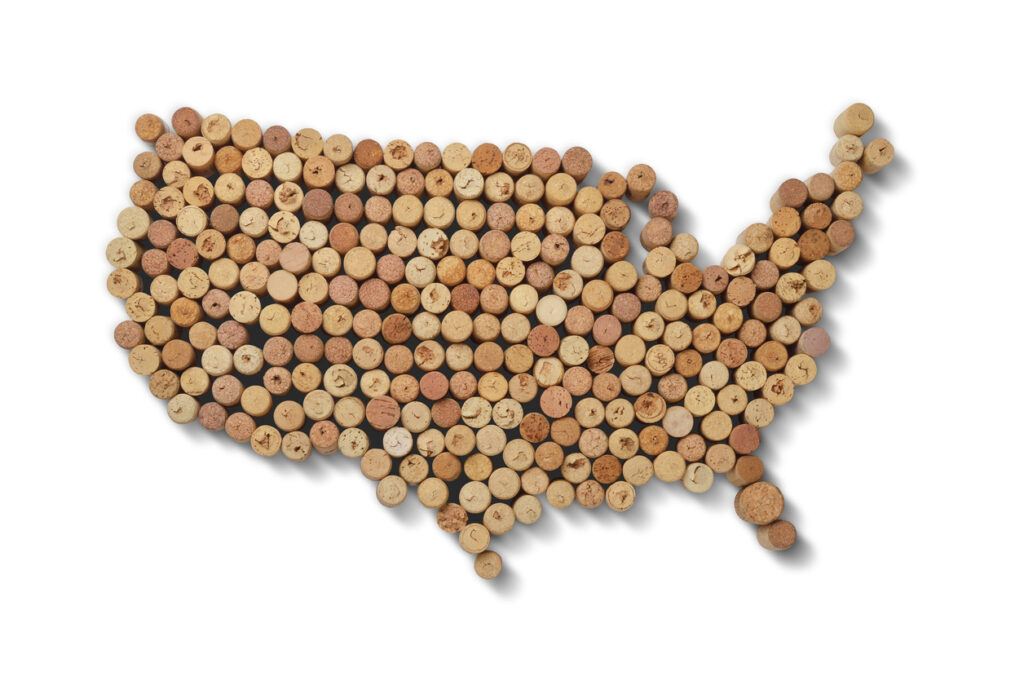
North America
The United States has shown a growing affinity for Riesling wines in recent years. American wine enthusiasts appreciate the diverse flavor profiles ranging from dry to sweet, as well as the wine’s ability to pair well with various food items. Several American vineyards, particularly those in the Finger Lakes region of New York and Washington State, have begun producing their Riesling wines to cater to the country’s demand. These local wines often exhibit a more fruit-forward and less minerally taste than their European counterparts.
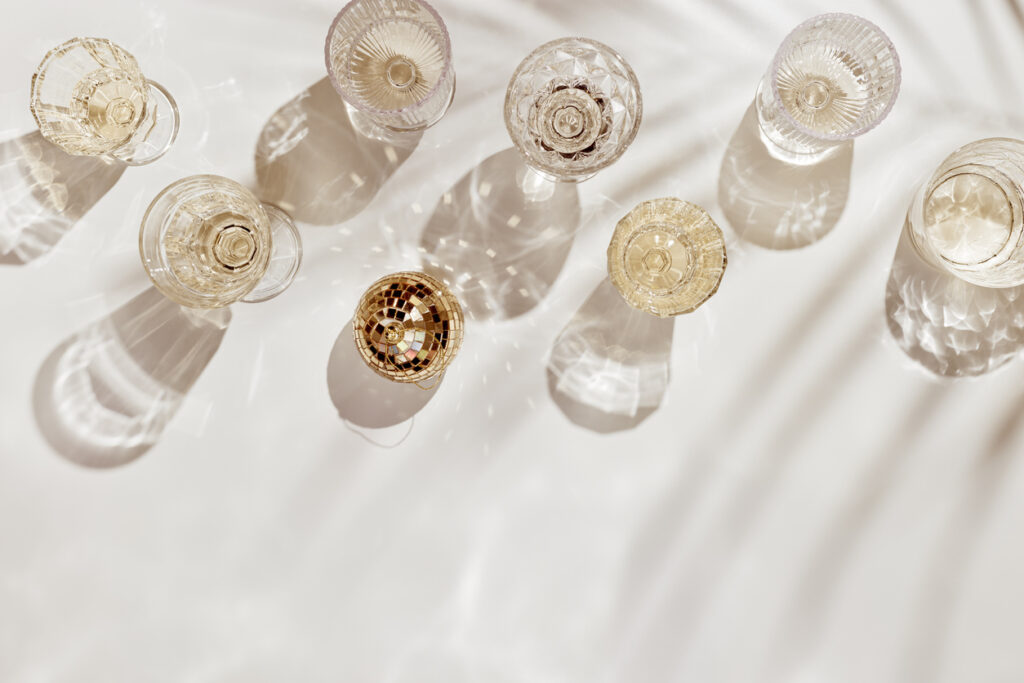
Europe
In the Alsace region of France, Riesling wines have been a part of the winemaking tradition for many centuries. alsatian Rieslings usually are more on the dry and mineral side, with a subtle aromatic complexity. The region’s unique terroir, influenced by the Vosges mountains and the Rhine River, adds to the characteristics of the wine. Alsace Rieslings are highly regarded and often compared to their German counterparts in terms of quality and taste.
Australia and South Africa
Other wine-producing regions, such as Australia and South Africa, have also started to embrace Riesling wines. These countries experiment with different winemaking techniques and climates to create unique expressions of the Riesling grape. This global reach reflects the versatility and adaptability of the Riesling wines, including Auslese and Spatlese, making them a beloved choice for wine lovers everywhere.
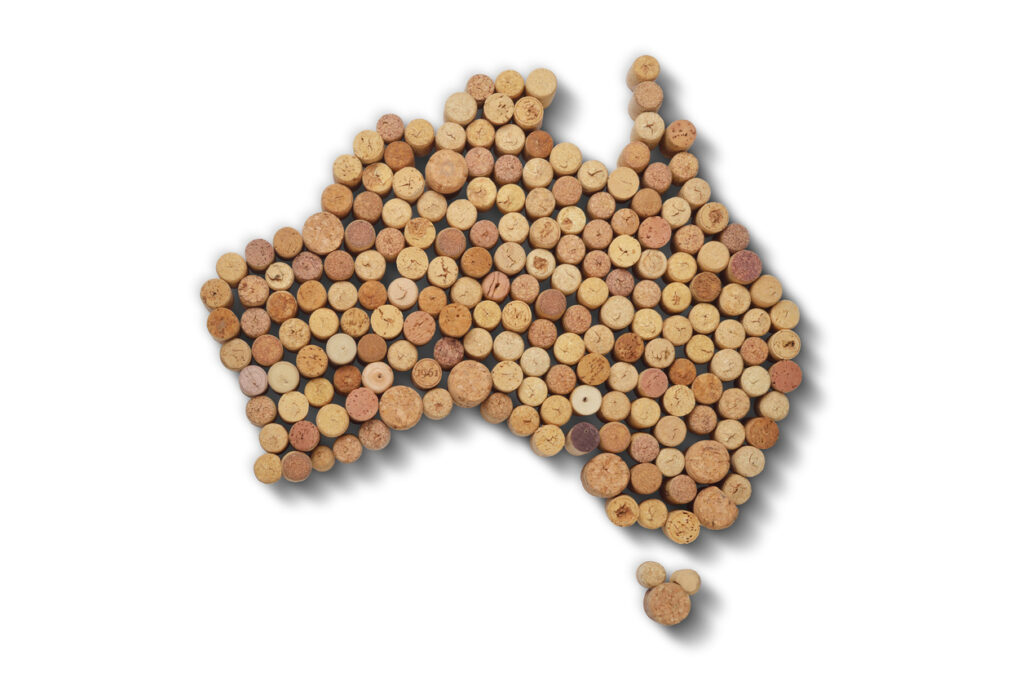
The international recognition and adoption of Riesling wines have not only expanded their availability but have also led to various iterations and styles that cater to differing preferences. This diversification of Riesling wines, including the Auslese and Spatlese styles, solidifies their place in the world of fine wines.
Consumption Preferences and Pricing
Riesling Auslese and Spatlese are two categories of German Riesling wines that differ in their levels of sweetness and ripeness. Although both are highly valued by wine enthusiasts, their consumption preferences and pricing can vary.
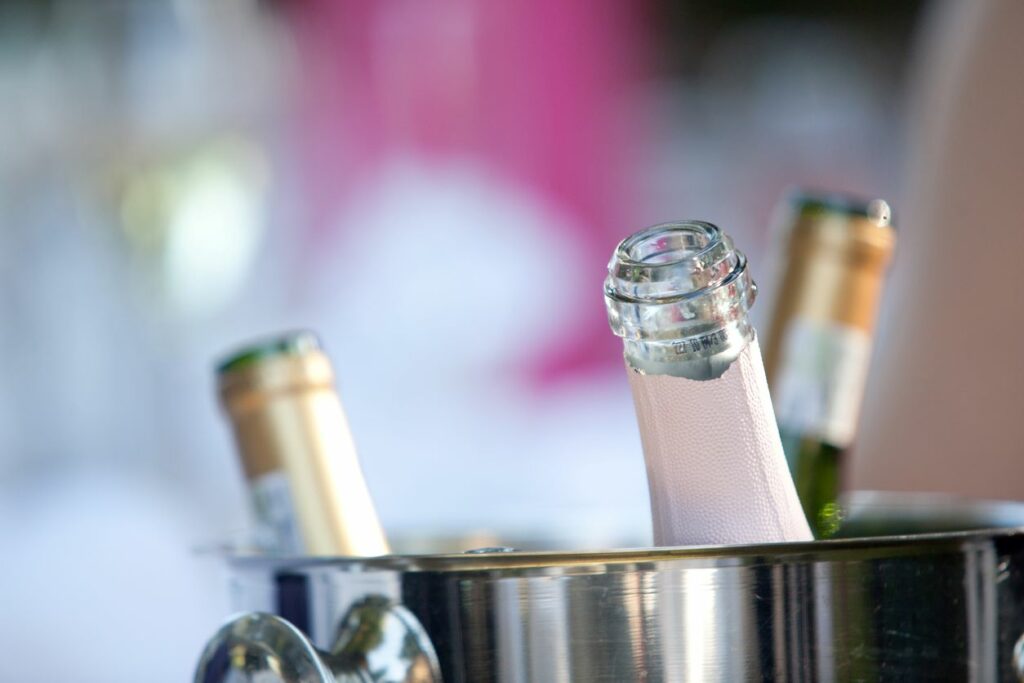
Riesling Auslese
These wines are made from very ripe grapes, hand-picked from selected bunches. The grapes have a higher sugar concentration, resulting in a sweeter and richer wine. These wines are often enjoyed as dessert wines, complementing fruit or cream-based desserts. In terms of pricing, Riesling Auslese wines tend to be more expensive due to the meticulous selection process and the late harvest of grapes with noble rot or “Botrytis cinerea.” This higher price point may appeal to more experienced wine drinkers or collectors who appreciate the unique characteristics of these wines.

Riesling Spatlese
On the other hand, Riesling Spatlese wines are made from grapes that are ripe but not as sweet as the ones used for Auslese wines. This results in a wine that is less sweet with a brighter acidity, making it more versatile in terms of food pairings. Spatlese wines can be enjoyed with a variety of dishes, including seafood, poultry, or spicy Asian cuisine. This versatility may attract a broader range of consumers who prefer a more food-friendly wine. Additionally, Spatlese wines are generally more affordable than Auslese wines, making them an attractive option for those who seek high-quality Riesling at a more accessible price point.

It is essential to note that both Riesling Auslese and Spatlese wines can age well and be enjoyed after several years in the bottle. As these wines age, their flavors can develop and transform, adding even more complexity and depth to the tasting experience.
Aroma Profile of Riesling Wines
Riesling wines, whether Auslese or Spatlese, possess a distinct aroma profile that makes them stand out among other white wines. The aroma of these wines is greatly influenced by factors such as climate, weather conditions, and ripeness of the grapes.
Innfluence of climate on the Aroma
In cooler climates, Riesling wines often exhibit aromas of green or crisp apples. These wines tend to have a higher acidity which results in a refreshing and bright character. On the other hand, in warmer climates, the aroma profile may lean towards riper, golden apples or even tropical fruits, as the grapes develop higher sugar levels.
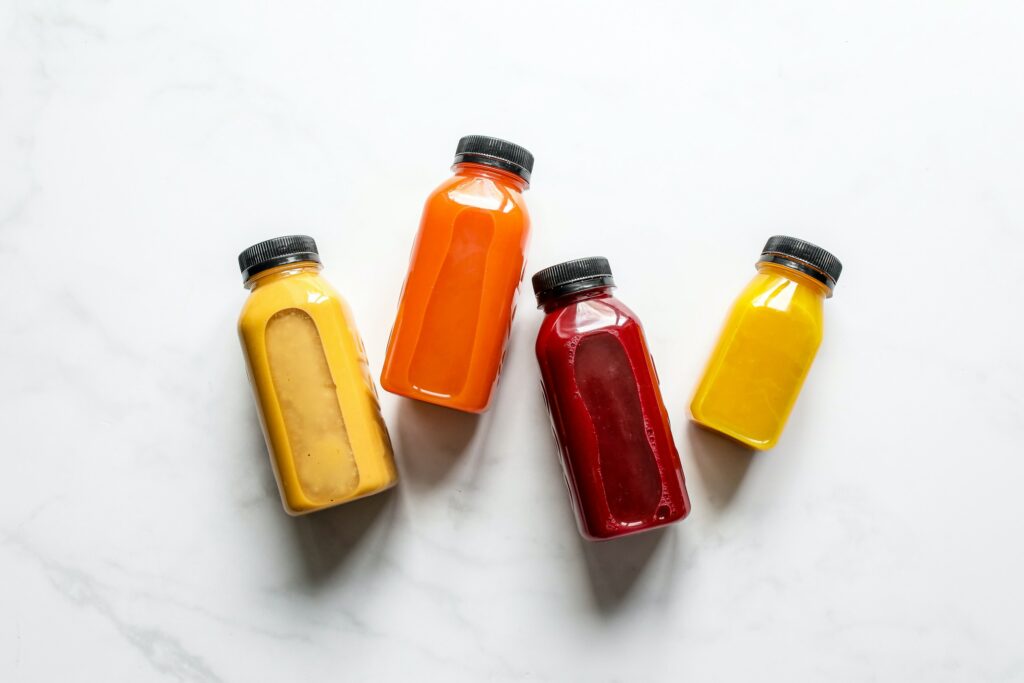
Ripening Period
The weather during the growing season plays a significant role in determining the aroma profile of Riesling wines. In years with favorable weather conditions, allowing for a long ripening period, the grapes can develop complex flavors and aromas. A longer ripening period can lead to the development of distinct floral and citrus notes, adding to the wine’s aromatic complexity.

Spatlese wines, which are made from late-harvest grapes, generally exhibit a richer aroma profile compared to their Auslese counterparts. This is due to the additional time spent on the vine, allowing the grapes to develop more concentrated flavors. Spatlese wines can exhibit a range of aromas, including honey, apricot, and peach, while still maintaining their characteristic Riesling acidity.
Noble Rot
In contrast, Auslese Rieslings are made from even riper grapes, often affected by noble rot (Botrytis cinerea), which contributes to their unique aroma profile. The influence of this fungus increases the concentration of sugars and flavors within the grapes, leading to richer, more luscious wines. Auslese Rieslings often display aromas of dried fruits, such as raisins and figs, as well as honeycomb and caramel notes.
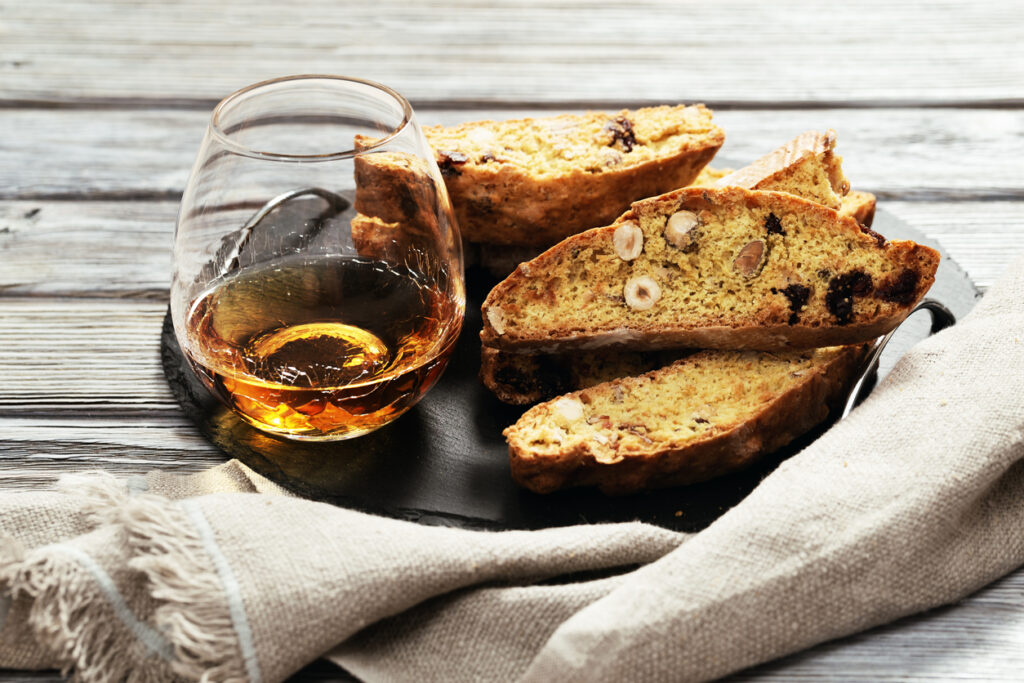
Conclusion
In summary, the aroma profile of Riesling wines is greatly influenced by factors such as climate, weather, and ripeness of the grapes. Both Auslese and Spatlese Rieslings offer a diverse and complex range of aromas, making them appealing choices for wine enthusiasts seeking a unique and flavorful experience.

